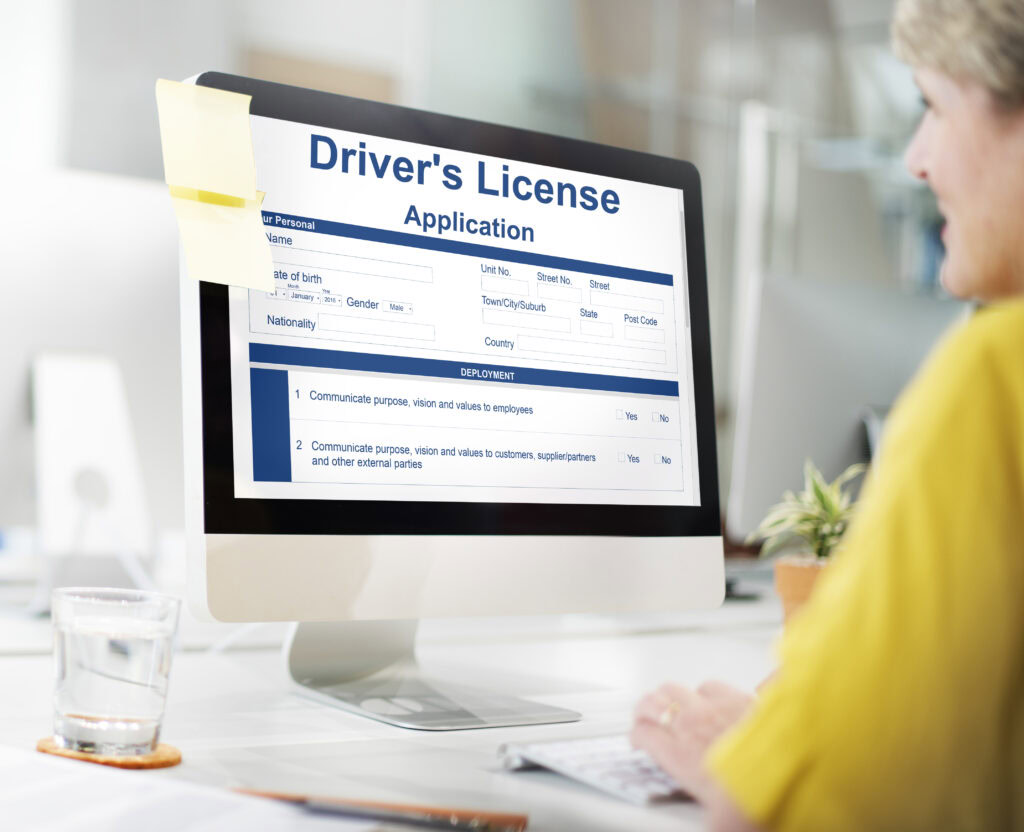Losing your license after a DUI arrest feels like hitting a wall at full speed. The legal headache, the logistical mess of getting to work or school, and the looming court dates pile up quickly.
In California, a DUI doesn’t just put points on your record; it triggers an immediate and often confusing license suspension process.
However, the good news is that losing your license doesn’t have to be permanent. With the proper steps, and often with skilled legal guidance, you can regain your driving privileges and start rebuilding.
Whether suspension came from the DMV, the court, or both, California’s reinstatement process can feel like navigating a bureaucratic maze. Understanding how the system works and where you fit into it can save you time, money, and frustration.
DMV Suspension vs. Court Suspension
California has two separate license suspension processes after a DUI: administrative (DMV) and criminal (court).
The DMV suspension begins immediately after arrest. Once you’re cited for DUI, the arresting officer typically confiscates your license and issues a temporary one good for 30 days.
Unless you request a DMV hearing within 10 days of your arrest, the administrative suspension kicks in automatically. This is handled by the California DMV, not the court system, and is based solely on whether you were driving with a blood alcohol concentration (BAC) of 0.08% or higher, or if you refused a chemical test.
Separately, the court system can impose a suspension if you’re convicted. This suspension is categorized as criminal on top of any DMV action, and it varies depending on the severity of the DUI charge, your prior offenses, and aggravating factors, like injury accidents or extremely high BAC levels.
To summarize:
- DMV suspensions happen quickly and are administrative.
- Court suspensions are criminal and happen after convictions.
- You may face both simultaneously.
According to the California DMV, over 160,000 administrative license suspensions occur annually following DUI arrests.
How Long is a DUI License Suspension?
The length of your suspension depends on several factors:
- First DUI offense (no prior DUIs): 4 to 6 months (DMV), 6 months (court)
- Second DUI offense (within 10 years): 1 to 2 years (DMV and court)
- Third DUI offense: 3 or more years
- Refusal to submit to chemical testing: 1 year minimum for first offense; longer for subsequent offenses
- Underage DUI (zero tolerance law): 1 year suspension
Repeat offenses, extremely high BAC levels (over 0.15%), or DUIs involving injuries can trigger longer suspensions and harsher penalties under California Vehicle Code §§ 23152 and 13353. It’s also worth noting that some suspensions can overlap. For example, if you lose your DMV hearing but later avoid criminal conviction, the DMV suspension may still stand.
6 Steps to Reinstate Your California Driver’s License
1. Serve the Full Suspension Period
Unfortunately, there’s no magic shortcut here. You’ve got to wait out your suspension like everyone else. The clock starts ticking based on whether your suspension came from the DMV or the court.
Timelines can range from a few months for first-time offenders to several years for multiple DUIs. Trying to get your license back before serving your entire time will only get you turned away.
Some people may qualify for a restricted license after a portion of their suspension, allowing them to drive to work or medical appointments under specified criteria.
2. Complete DUI School
Think of DUI school as your court-ordered crash course in better decision-making. California requires completion of a licensed DUI program for all offenders.
The length depends on how badly you messed up:
3 months for many first-timers,
but up to 30 months for repeat or aggravated offenses.
You’ll cover everything from alcohol education to risk assessment. The DMV won’t even glance at your reinstatement application until your DUI school submits proof of completion. Forget to finish, or delay the process, and you’ll remain grounded longer.
3. Obtain SR-22 Insurance
SR-22 insurance is California’s way of asking you to prove that you’re financially responsible before you get behind the wheel again. It’s not a special type of policy, but a certificate your insurance company files with the DMV to confirm you meet minimum liability coverage.
You’ll need SR-22 insurance for three years. Insurance companies aren’t thrilled with high-risk drivers, so expect sky-high premiums and limited options. If your insurance lapses or is canceled, you could be suspended again immediately.
4. Pay All Fines and Fees
DUI reinstatement isn’t just legally complicated; it’s brutally expensive. By the time you factor in court fines, DUI school fees, DMV reinstatement charges (typically $125+), SR-22 insurance hikes, and other expenses, you’re looking at an average of $2,000 to $5,000, depending on your case.
The DMV won’t process your reinstatement until you’ve paid. Payment plans may be available for some fines, but fees are due in full. Keep every receipt—you may need to prove completed payment during DMV processing.
5. Install an Ignition Interlock Device (If Required)
If your DUI came with extra complications, like extremely high BAC, injury accidents, or multiple priors, California may require you to install an ignition interlock device (IID). It’s like a breathalyzer wired to your car.
Before starting the engine, you blow into the device to confirm sobriety. The IID period lasts 6 months to a few years, depending on the severity of your case and prior charges. Installation, monthly monitoring, and calibration fees come out of your pocket. The DMV won’t restore your license without proof of IID compliance.
6. Submit All Proofs to DMV
Once you’ve served your suspension and completed the abovementioned steps, you’ll submit proof to the DMV. Missing or incomplete documentation will stall your reinstatement. Double-check everything, and have a reliable lawyer review your documents to save you weeks of frustrating back-and-forth. Once the DMV confirms that everything is completed, you’ll be cleared to hit the road again legally.
Contact David L. Faulkner, Driver’s License Suspension Lawyer
Reinstating your California driver’s license after a DUI isn’t simple, but it’s entirely possible if you follow each step carefully. From serving your suspension to completing DUI school, securing SR-22 insurance, and submitting required documentation, the process demands commitment and precision.
Legal guidance can make the journey smoother, helping you avoid costly delays.
Contact David L. Faulkner, Drivers’ License Suspension Lawyer, for expertise to get back on the road.










